If you would no longer like
A
A
‘Connected all the
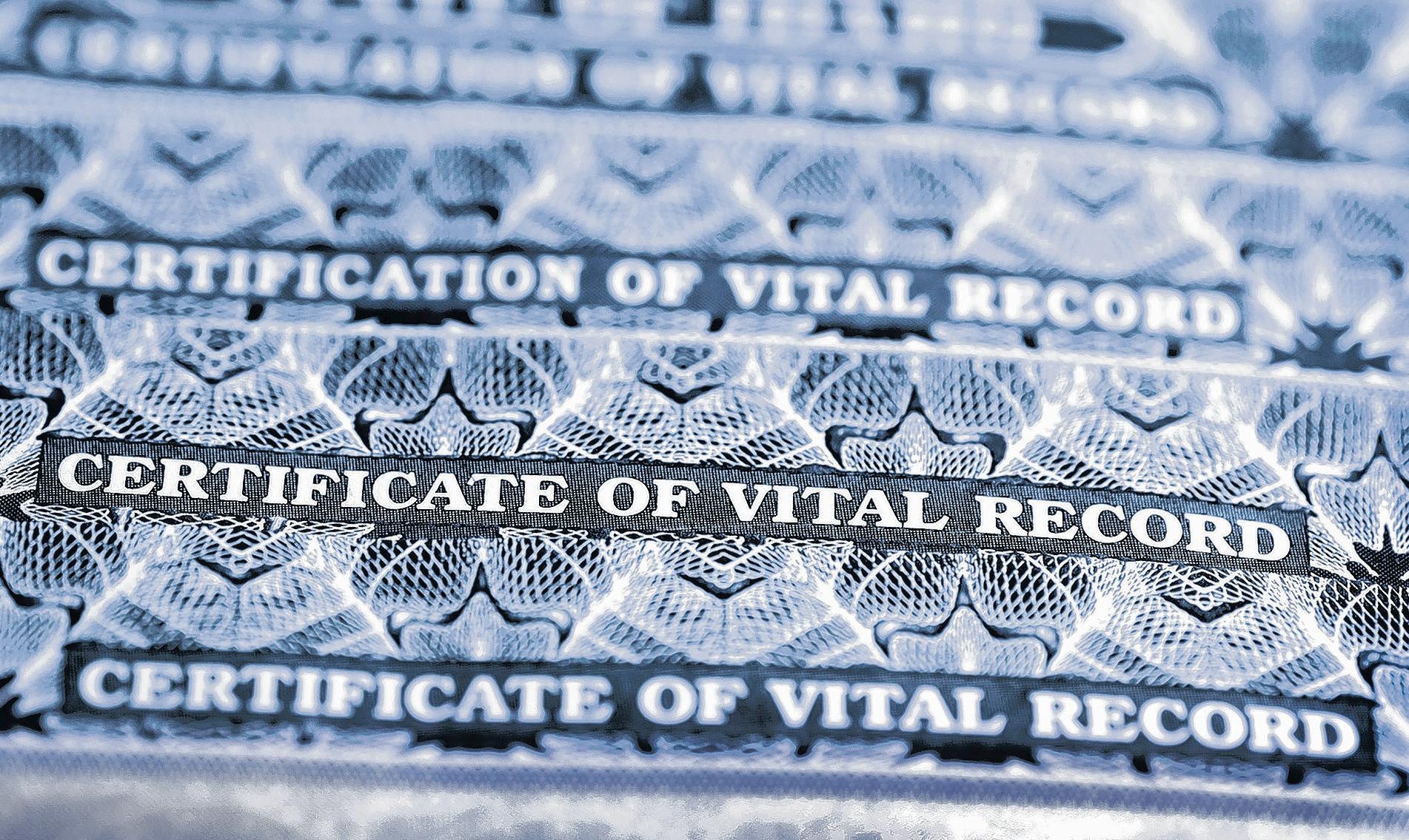
New La. law helps adoptees find their birth mothers
BY TYLER BRIDGES Staff writer
Born in New Orleans and adopted at eight weeks, Elise Lewis found her birth parents in 1996 when she was 28.
But something important was missing: her birth certificate, with all the details it contained.
A 2022 law gave Lewis and other adoptees in Louisiana the right to obtain it.
When the birth certificate arrived in the mail, “I literally burst into tears,” said Lewis, who grew up in Baton Rouge but now lives in Minnesota. “It was the most emotional thing.
I saw my mother’s handwriting. I felt like I was complete. I didn’t have any secrets anymore.”
Others have used the law to find and meet their birth mothers.
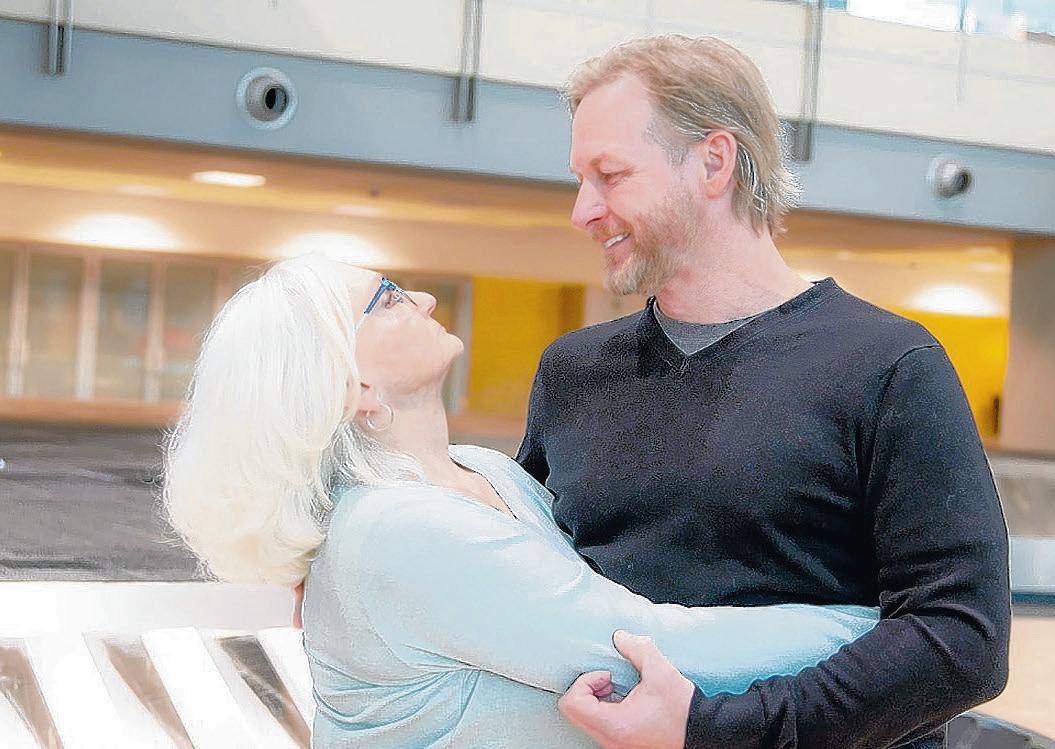
COURTESY OF JON HARRIS
Jon Harris, right, was able to meet his birth mother for the first time thanks to a new Louisiana law that allowed him to get a copy of his full birth certificate.
About 1,650 people in Louisiana have received their birth certificates since 2022, according to the state health department. Adoptees have to be at least 24 to request it.
“A grown person ought to be able to get their birth certificate, and that’s what it’s all about,” said state Rep. Chuck Owen, R-Rosepine, when he presented the bill three years ago. He told his colleagues he had been adopted.
“This bill is about a grown person having access to a document that they are named in but can’t access because of a government edict,” Owen said House Bill 450, which overturned a 1977 law, passed with an overwhelming majority in both the House and Senate. Opponents expressed concerns that birth mothers who wanted no contact with their child would be contacted and because of that fear they could choose to have an abortion instead of giving up the child to adoption.
If the adopted person reaches out to their birth mother, “the two can have an adult conversation,” said Lewis, who worked with Owen to win passage of the legislation. “We have not heard of any backlash or ill effects from this law.”
Louisiana joined 10 other states in allowing adoptees to obtain their birth certificates, Owen said. His bill allows mothers to check a box saying they don’t ever want to be contacted Owen
said only two mothers have done that Jon Harris, 54, was alerted about the existence of HB450 just before it passed.
Harris always knew he was adopted and appreciated growing up in what he calls “a great Christian family” in Shreveport.
By his early 20s, Harris wanted to learn his family history
“My adopted mom and dad and I didn’t have a lot of similar interests,” Harris said. “Dad was a church minister, while I liked motorcycles. Where does that come from? On every doctor’s visit, they would ask: ‘Do you have any medical history?’ I said I didn’t know.’”
Harris’ parents told him he had been born in Shreveport and adopted at the Volunteers of America girls’ home there.
The center could give him only limited information because of the 1977 law. Harris learned that his birth mother was light-skinned and blonde, had green eyes, was 5’3” and weighed 100 pounds. His birth father was into cars and motorcycles Her parents didn’t have a lot of means, and her father was a veteran.
That was it.
“They said everything else was under lock and key,” Harris said. “I joined an adoptee forum but ran into dead end after dead end. I looked into
hiring an attorney, but it was going to be expensive. Every few years, I’d revisit the forums and make another post.”
Like Lewis, Harris was ecstatic when he received the birth certificate. Then Harris asked himself: “Is my birth mother still alive? Will I ever find my birth father? The certificate said unknown.”
An executive recruiter in Texas, Harris set out to use his work skills to find his mother
Within a couple of days, he found 12 phone numbers for people with her name.
“I began calling with a script,” Harris said. “I would say my birth date” and say “if it means anything to you, please give me a call.”
Two weeks later, on a Sunday morning before church, Harris received a text from a woman saying that the birth date meant something to her She called Harris that afternoon, and “and we talked for hours. She was ecstatic to meet me. She was 18 at the time and a senior in high school She got her nursing degree, her master’s degree, was in the Army for many, many years. Her fear was that I had been in a war and gotten killed. She thought about me every day and looked for me for a while.”
ä See ADOPTION, page 2
A grown person ought to be able to get their birth certificate, and that’s what it’s all about.
STATE REP CHUCK OWEN, R-Rosepine
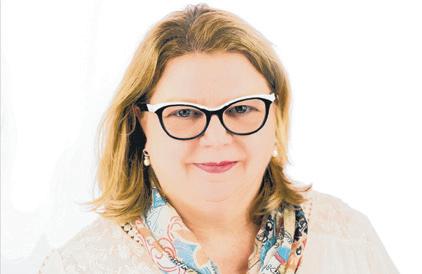
With the Inspired section, we focus on people who are working toward solutions — some big, some small.
The thing is, sometimes the small things can become big — or make a huge difference in how a situation evolves.
Growing up, my mother believed that table manners mattered, but at our casual family-oriented table, we rarely had a bread dish beside the plate.
I will also add here that I am the worst at left and right. While I usually can point out north, south, east and west wherever I am, I have to think hard every single time I have to figure out left from right. (I realize that may make no sense to the many people out there to whom it comes so naturally.)
The truth is, I love a good mnemonic device. They have helped me remember so many different things through the years.
Way back in elementary school piano lessons, my first piano teacher, Mrs. Winnie Mae Mitchell, taught me to read the keys on the lines of a treble clef with Every Good Boy Does Fine.
In high school, Mrs. Donna McLean, my junior English teacher, taught me to spell necessary with, “A cess pool is necessary.” In college, Dr MaryAnn Dazey taught me to spell separate with, “There is ‘a rat’ in separate.” Somewhere along the way, I learned Roy G. Biv to remember the order of the colors of a spectrum — red, orange, yellow, green, blue, indigo and violet.
I’m a fan of learning new things, but many years have passed since I added a helpful mnemonic to my collection. However, about a month ago, I found myself sitting at a crowded table full of professors — and one of them taught me something new
The dinner ended up being lovely all the way around great food and delightful company However, as we were all arriving, things were a bit awkward. No one seemed to know anyone particularly well, and we just weren’t sure where we were supposed to sit or the exact order of things for this unusual gathering of folks. Nonetheless, we all took our seats. Small plates and multiple glasses crowded the table among a plethora of utensils, large and small plates galore. The waiter handed me a bread basket. I took a roll and had that moment of panic. Which one is my bread plate? I quickly handed the bread to the dinner guest beside me who seemed to be struck by the same indecision I was trying not to acknowledge.
Dr Jonathan H. Earle, dean of the LSU Honors College, was sitting directly across from me and noticed us trying to sort out the plates and glasses.
He and I had met once before, but we didn’t know each other well by any stretch. He began to lift both of his hands in front of his face, making the OK sign with both thumbs and index fingers. Then he said, “B and D” several times in a row He said this like we would all know exactly what he was talking about. I had no clue. Rather than remain in the “B and D” dark, I asked, “What are you doing with your hands, and what do you mean by saying ‘B and D?’”
Q&A WITH LAUREN BORDELON
Sex-forward couples therapist offers marriage tips
BY
LAUREN CHERAMIE
Staff writer
Lauren Bordelon, LPC, is a licensed professional counselor and coach. She owns Bordelon Counseling in Lafayette and is the founder of Modern Marriage Coaching. In her practice, she helps high-conflict couples save their relationship and rebuild connection. With a background in mental health and a passion for modernizing marriage dynamics, Bordelon specializes in communication, relational living and conflict resolution.
Bordelon supports couples who feel stuck in painful patterns offering them tools to calm their nervous systems, communicate effectively and create balanced, emotionally supportive partnerships. She is committed to building strong, healthy communities and believes that when people heal relationships, they heal the world.
This interview was edited for length and clarity
What is a “sex-forward” couples counseling practice?
Over time, I’ve incorporated work from the Gottman Method, Esther Perel and Terry Real. I recognize that sex is going to be a hard conversation for people to dive into — always.
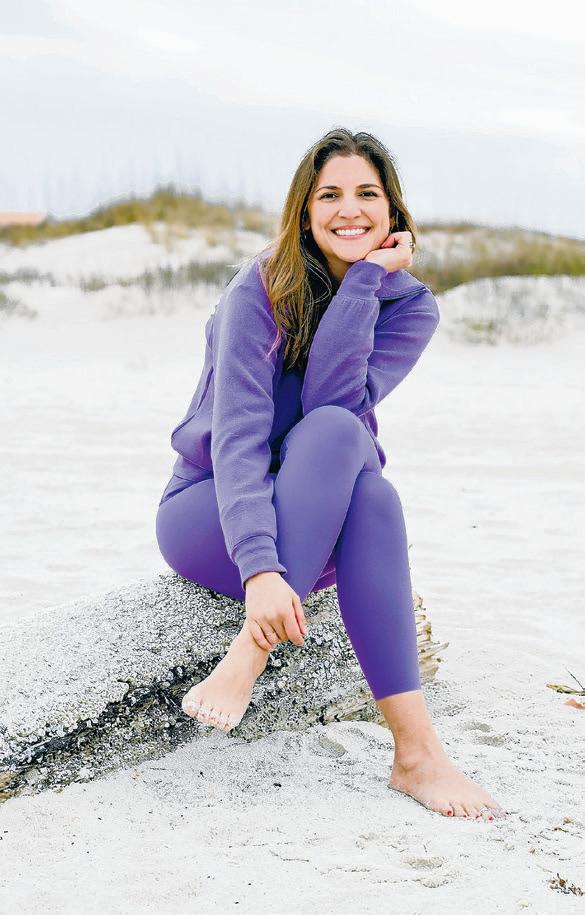
it’s the one way I break the ice
of vulnerability It also tells me a story about how they’re relating to each other We talk about sex from the beginning, and then we work toward how your emotional relationship affects your sexual relationships, vice versa, and how people connect to one another physically
Do couples find it easy to talk to you about their sexual relationships because you’re approaching it with a “birds-eye” view?
Absolutely Not to mention, I’m working to help normalize that these conversations need to happen in the first place. We assume that if our partner loves us, they would just know what we like are able to read our minds. It’s just not true. The movies can’t accurately get what it’s like to be in a true marriage forever In the beginning, you talk, and you’re enamored with one another But we forget that we still need to do that even when we’re 40 years down the line. I feel like I have to normalize that this is how couples do it — this is how couples successfully lead a monogamous marriage for 50 years.
anything except for, “How are the kids?,” there isn’t much of a feeling of emotional safety to go into the vulnerability of sex. I talk to people about how foreplay happens the moment that your last orgasm just ended, because everything leads to the next time that you are now trying to be intimate with your partner
Again, it doesn’t have to be just sex. We have to tune into enjoying one another frequently throughout the week. It’s tough to do in this world where we have so much going on, but a big thing is playfulness — having fun on purpose with each other That is where connection is built. That is how people feel more safe in a sexual way, too.
Do you think there’s still a stigma surrounding women’s sexual freedom, or is society moving forward?
But if it’s not being cultivated in the home, then, generally, sex drops off, and then the couple starts to feel like, “Do we even love each other anymore?”
Really, it’s just trying to reengage with one another and create a romantic plot in your world.
Do something to remind your partner that you do, in fact, feel love for them outside of the bedroom.
What are some nonsexual ways to show love or support toward your partner?
The sexual show of love is so minimal in regards to how frequently we should be showing that. What we want is to know that we are top of mind, that they care about us.
The easy stuff is saying please and thank you. I know my husband takes out the trash on Thursdays. Why should I have to say thank you? Because it’s nice, and it feels good. That’s the way we connect.
Leave a little sticky note on the mirror send them a funny text or video that reminded you
Small
RISHER
Continued from page 1
He said, “This is what I tell my students before they go out to dinner as part of a job interview.” He went on to explain that if a person makes the OK symbol with both hands, one’s left hand resembles the shape of a lowercase b and the right
We need to break the ice and get vulnerable because all of these topics are going to be hard, so
I work to immediately break down any fear barriers. In the first session, I am going to assess the health of your sexual relationship just like I would your communication, which allows me to show couples that there is nothing off-topic.
hand resembles the shape of a lowercase d. B = bread D = drink One’s bread plate is to the left. One’s drink is to the right. Mystery solved I don’t believe I’ll ever hesitate over my bread plate again B and D forever Sometimes little solutions matter Email Jan Risher at jan. risher@theadvocate.com.
While every couple, and certainly every person, is different, are there general tips for how to make a marriage last?
Your sexual world cannot just exist in your bedroom, meaning that we have to be engaging with one another in a friendly way You have to have some kind of level of physical touch outside of the bedroom.
If your partner isn’t telling you
ADOPTION
Continued from page 1
She told Harris that when he was born, the staff at the hospital immediately took him away from her to avoid her from becoming too attached.
“She had two children twins who are seven years younger,” Harris said. “They had no idea about me. I said
I think that there still is a stigma, but I do think we’re in transition. Within the past 60 years with contraception and the sexual revolution, women got to be free with their sexuality in ways that it was just reproduction before. Couples are having to engage a lot more vulnerably in discussing what works and what doesn’t work. People are learning how to talk about it. Women are more likely to be disengaged from sex earlier than men with their monogamous partners, and that’s because there has to be a story that goes on. Women require a lot more outside of the bedroom in order to feel emotionally safe.
I was not there to disrupt or to interfere. ‘You are part of our family, and we welcome you with open arms,’ she said. We’ve been connected ever since We talk every week, if not every other day
“I found out that my birth father owned a Harley,” Harris said. “I owned a Harley He raced cars and worked at a dealership. He was a band manager, and I love music. They were patriotic, and I am, too. The
bill has given me access to information I would never have had.” He learned his birth father died about 20 years ago. Harris and his mother met in San Diego in 2023.
“The connection, the reunion, all the wonderful bonuses — it has been a full restoration, a complete 360,” Harris said. “It connected all the dots in my life. I love my adopted parents, but we had nothing in common. I know
now why I’m a patriot because of my DNA. I know my health history — and things I have to watch out for I’ve literally changed my diet because of things in my family’s life. I’m more health conscious now The passing of this bill has become the most important bill passed in Jon Harris’ life.”
Email Tyler Bridges at tbridges@theadvocate. com.
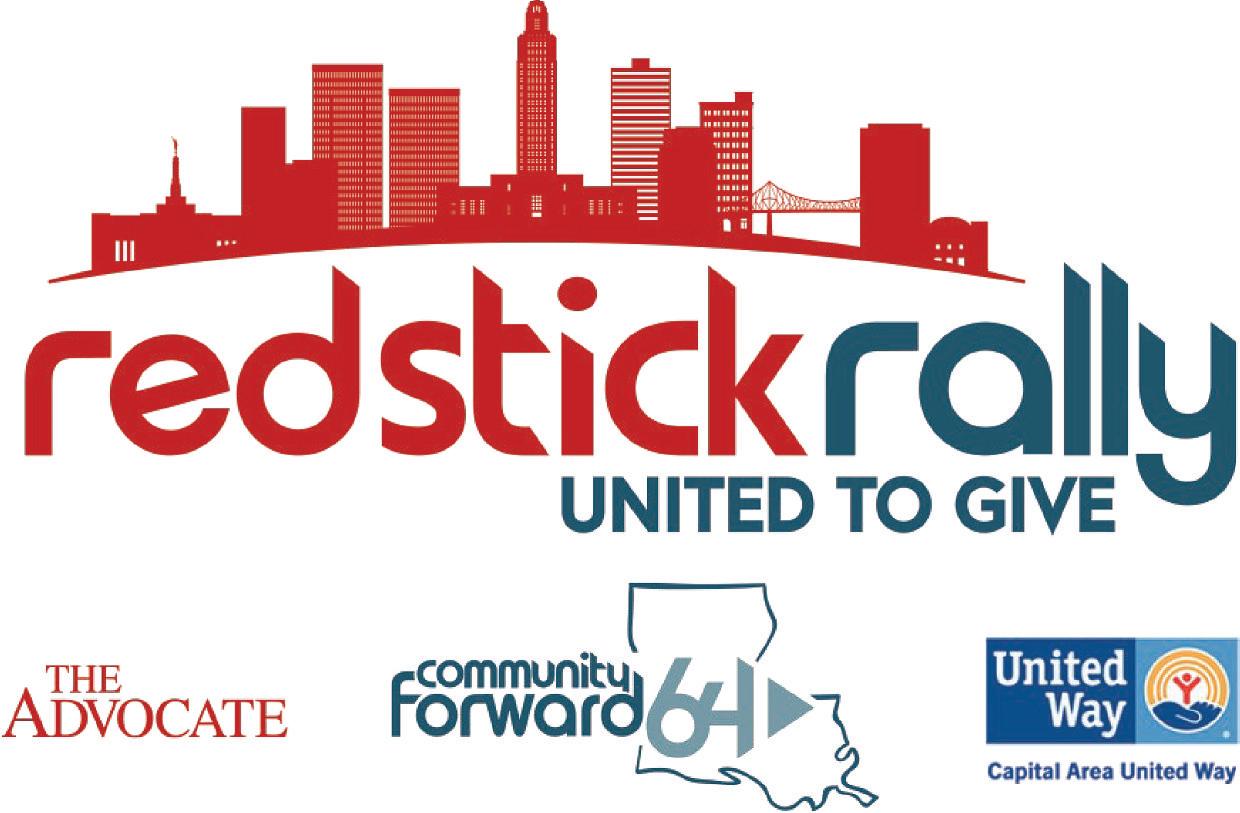

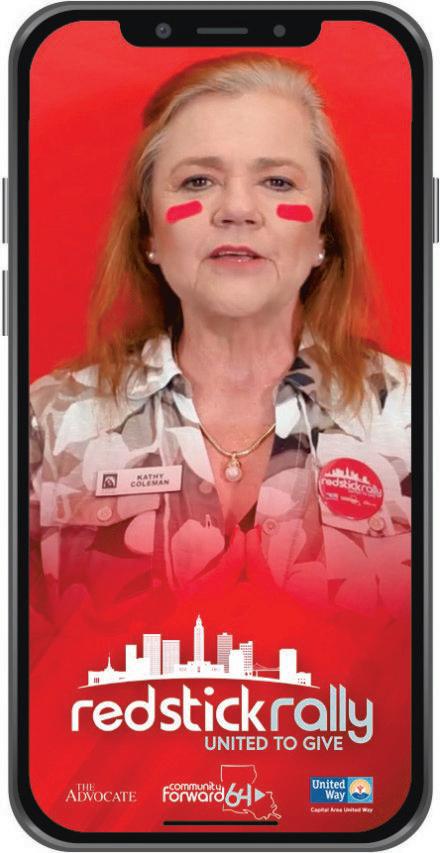
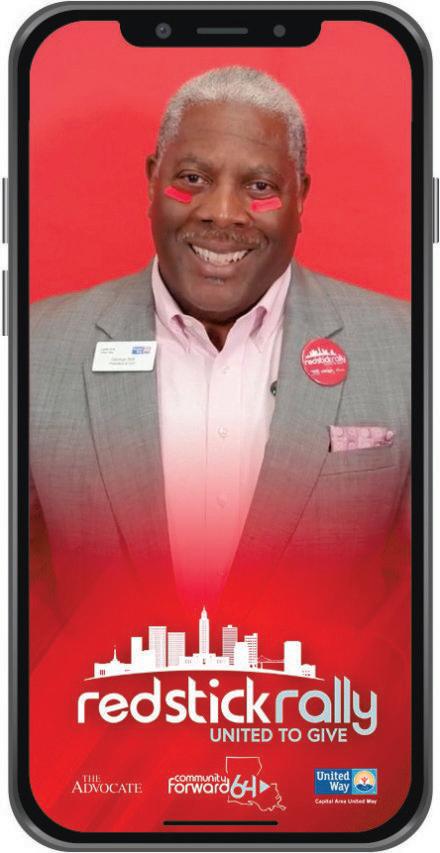
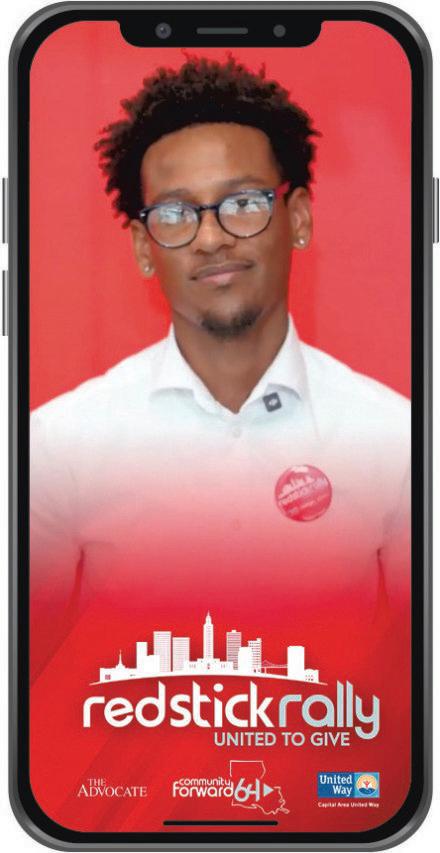
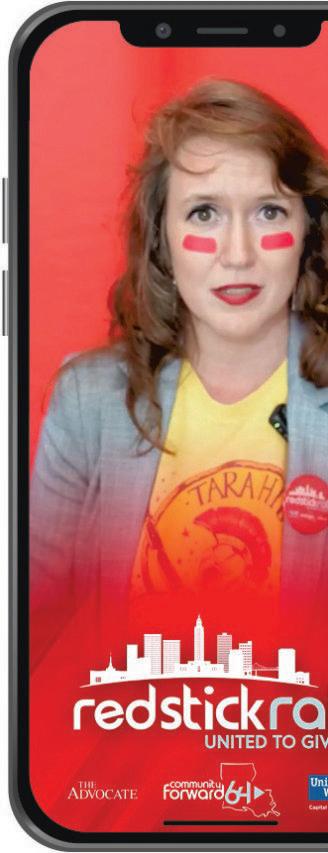

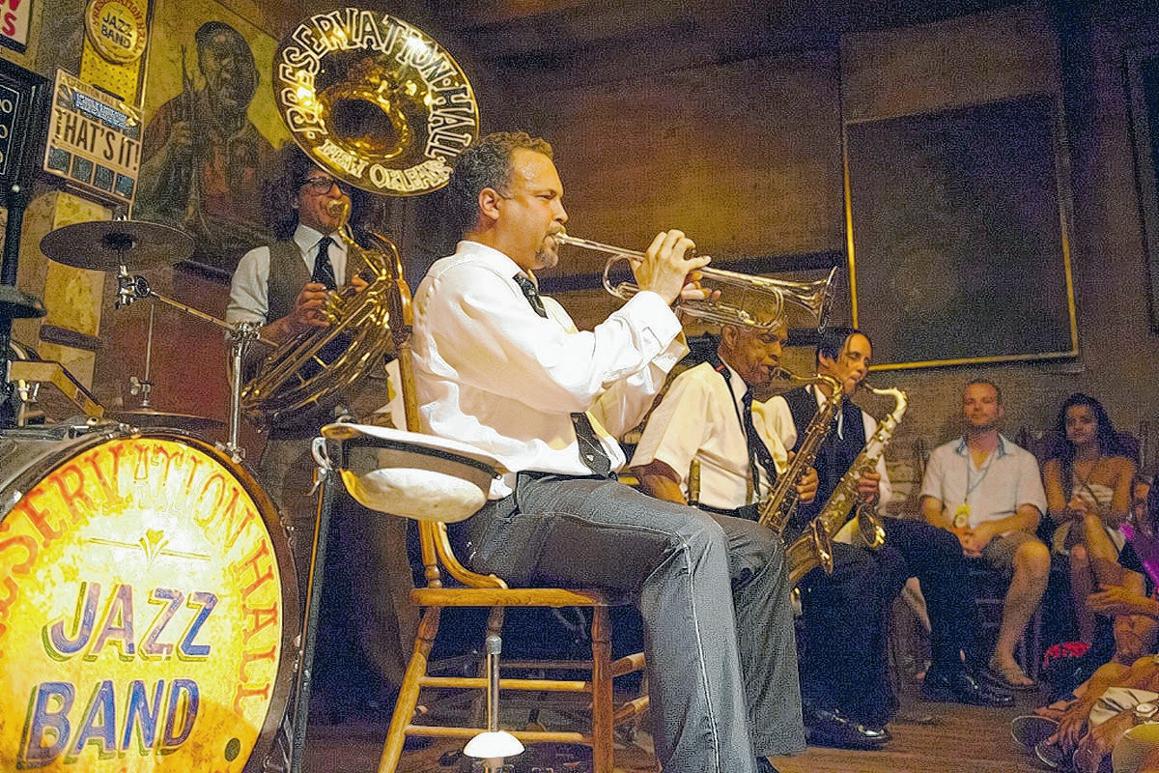
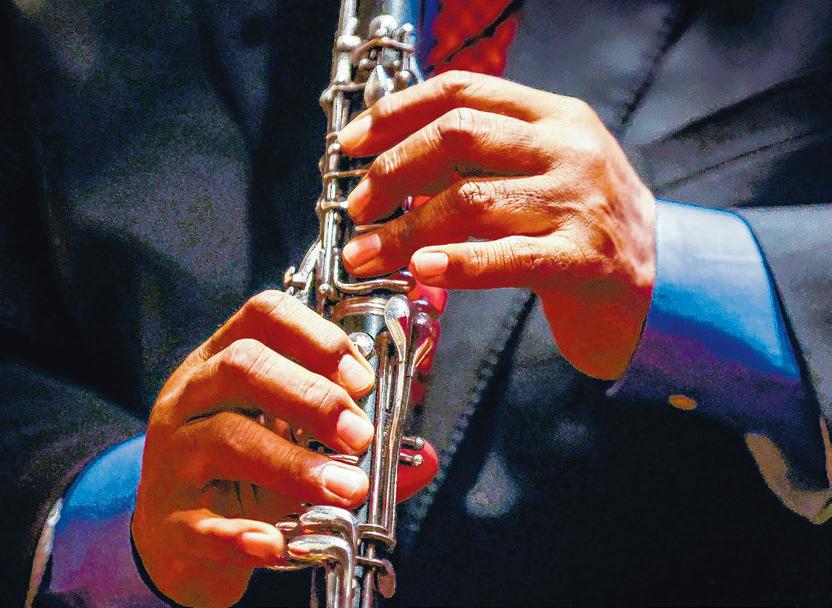
KEEPING THE SOUND GOING
BY HANNAH LEVITAN Staff writer
On a windy Thursday morning, a group of near-
ly 60 fourth graders from Christian Brothers School crammed into Preservation Hall, where the creaky wooden floors and faded paint gave testament to the venue’s history
Despite the buzz of construction next door, the sea of bright-eyed students watched as six local musicians took their positions while tuning their instruments including a trombone, cello, drums, clarinet, trumpet and piano.
The Preservation Hall Foundation is working to expand the iconic jazz shrine, increasing its footprint to 730 St. Peter St. Plans include growing its music education initiatives that are aimed at inspiring the next generation of jazz musicians.
Meanwhile, veterans like Roderick “Rev” Paulin continue to breathe life into the storied walls of the iconic venue.
Filled with music and students, the energy inside the hall was palpable. Once the group finished their rendition of “His Eye is on the Sparrow,” and the room fell silent, they opened the floor for questions. Immediately, hands eagerly shot up.
“How long have you been a band?” one student asked.
Trumpeter Mark Braud turned to his friends and laughed. “Since this morning.”
Though Braud said they rarely play in the same configuration, New Orleans musicians have a certain way of communicating, speaking the common language of jazz.
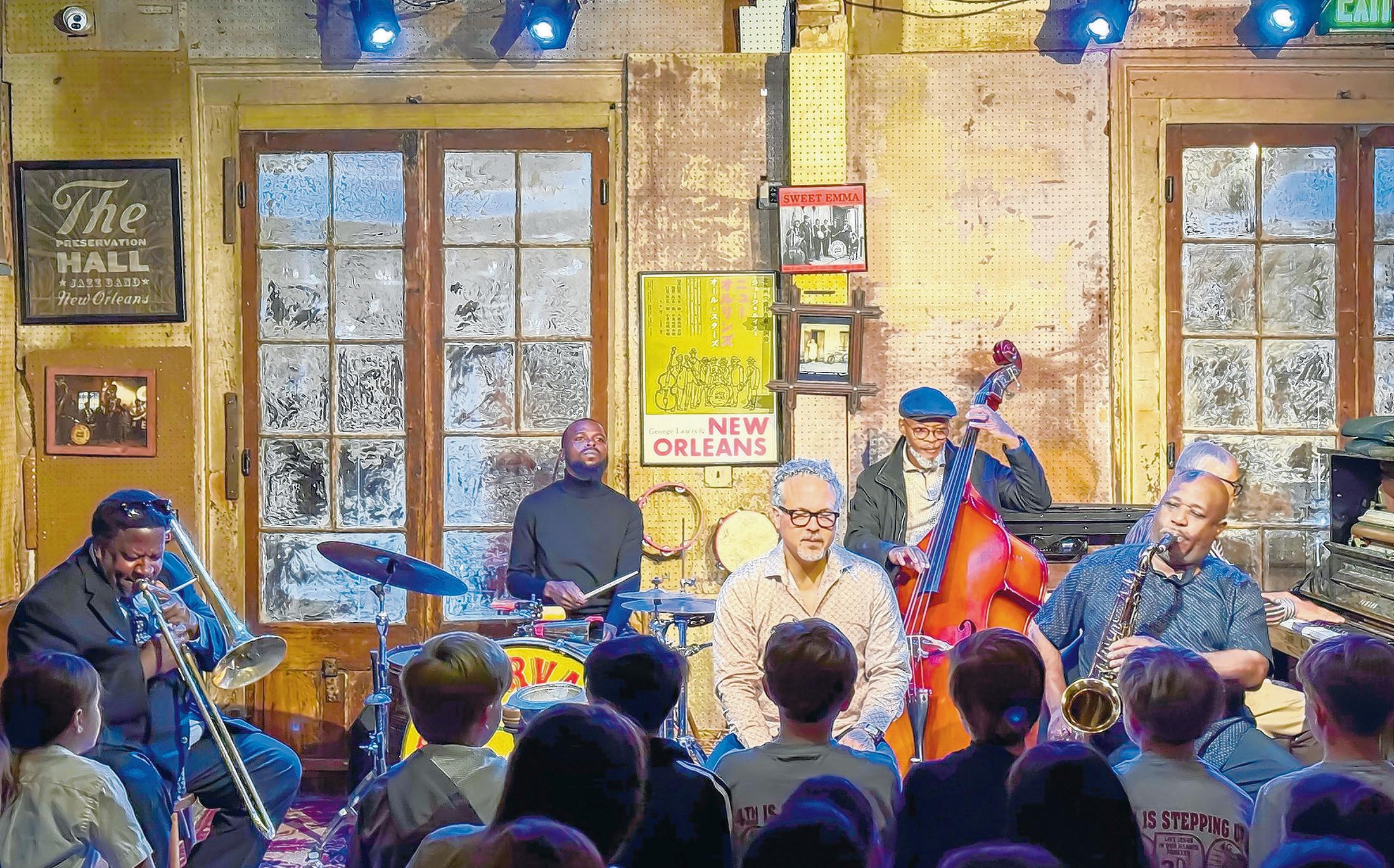
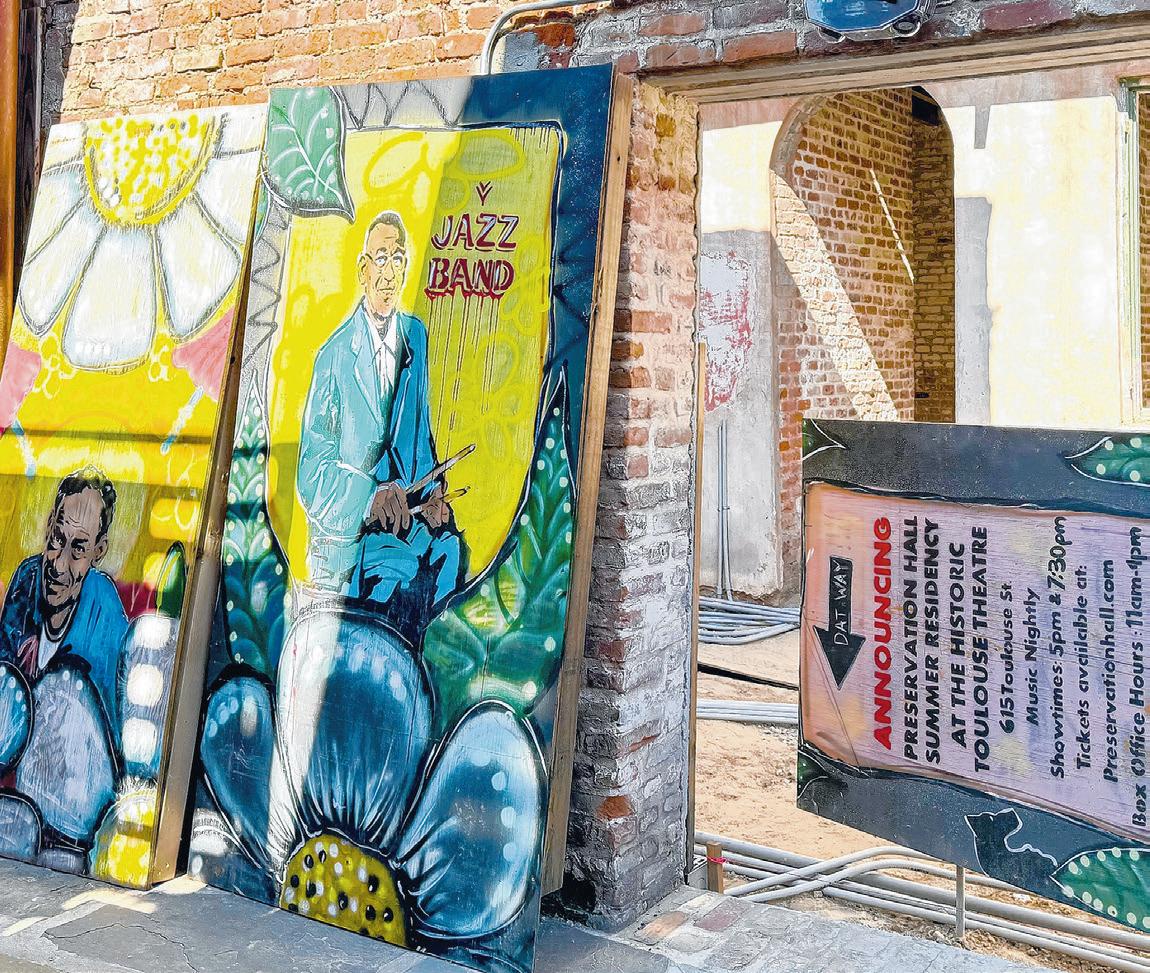
It’s that language the soul of the New Orleans’ music scene — that program managers at the Preservation Hall Foundation are hoping to pass on to the next generation, launching a five-year “PASS IT ON” campaign with the goal of reigniting intergenerational connections to preserve the city’s musical and cultural legacy Jazz in the heart of New Orleans
Jazz has been a cornerstone of New Orleans culture for more than 100 years. It’s everywhere: on the stoops of shotgun homes, vibrating from the corners of backstreets, in the living rooms of posh Uptown homes and lingering in the dingy alleyways of the French Quarter
For Charlotte Farris, a New Orleans native and music teacher at Christian Brothers School, introducing her class to the musical genre and one of its fountainheads was imperative.
“There’s been so much that has come out of Preservation Hall,” Farris said.
“You feel it when you walk in the door. I walked in there and felt a lump in my throat.” Even at 9 a.m., the hall was brimming with energy But field trips are limited.
A lot of kids won’t have that
same experience. Preservation Hall Foundation programs manager Pamela Blackmon is working to change that
“What used to happen on stoops and in living rooms and down the street, it’s not there anymore,” Blackmon said.
“To access the culture that you’re from, as a kid, it has to be presented to you by your family or by your school.”
For many young people, those connections have faded.
By expanding a building that embodies the spirit of jazz, the Preservation Hall Foundation is working toward the chance to pump life back into something that, according to Blackmon, is eroding throughout the city
Passing on the culture
Paulin, who has been with Preservation Hall for several years and is the director of Jazz Studies at Southern University, began taking music lessons when he was the same age as Farris’ students.
He said there’s a huge education component that’s not talked about when it comes to New Orleans music.
“Many of the musicians come from school bands and they had great music educators, who have always been behind the scenes,” Paulin said.
“Many of us come from musical families, but we also had musical families in schools.”
Music education and outreach programs are at the forefront of the jazz hub’s $25 million campaign for their new era. In partnering with other organizations and schools, the Preservation Hall Foundation is able to expose students to jazz, who, otherwise, wouldn’t have the opportunity
Music teachers like Farris hope they too, can pass the culture along.
“This culture has changed the world, and [my students] get to be a part of it,” Farris said.
“I hope that I can also inspire them to continue it because if we don’t have people continuing it, spreading it and talking about it, it’s going to go away, and that would be awful.”
As her students erupted in applause after the band’s final performance at



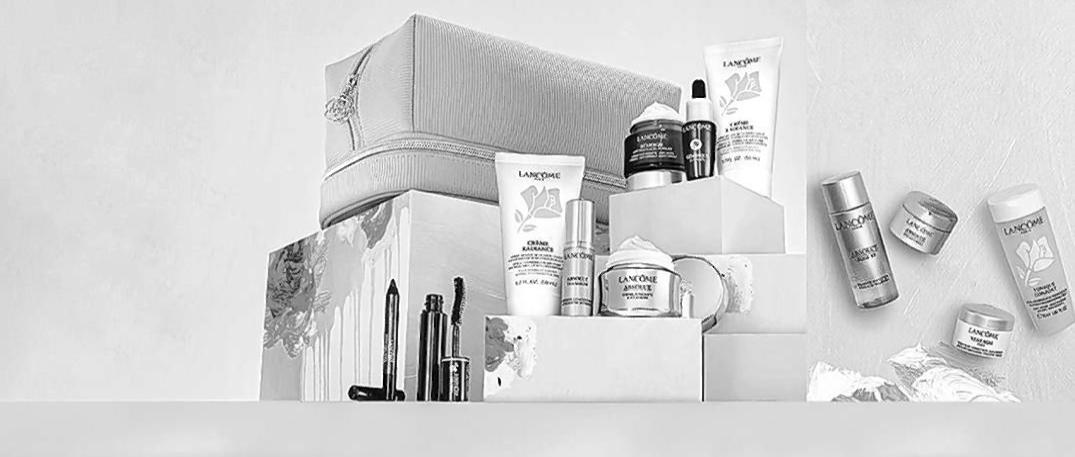


We use theincredible powerofour audience to executeadvertisingand marketingcampaigns withaclear mindset –results If we don’t achieve results, we don’t keep our clients. Andgreat brands
